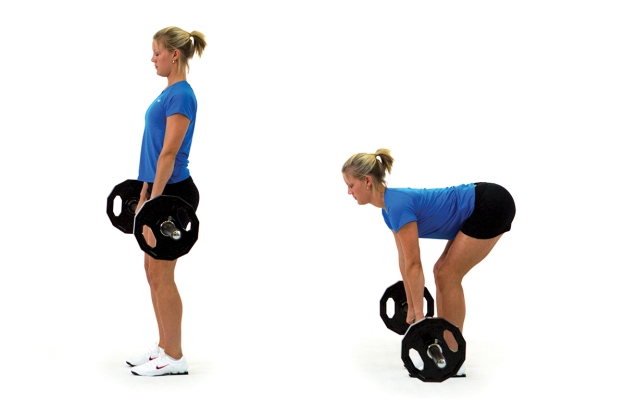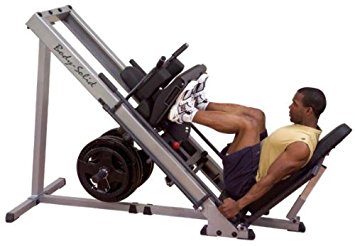” Assuming you are not injured, if you’re going to list “Strength and Conditioning” as a specialization on your resume’ then you might want to be able to explain, coach and perform movements with a degree of competency using a load higher than Day 1 beginner level. You know,things like Deadlifts,Squats,Pull Ups,Non-Machine Rows and the other basics.
Especially if you wrote them into a mock training session.”
One of my recent Facebook rants.
I believe that you should not judge a trainer by their appearance. I also believe you shouldn’t judge a trainer based on their level of education or “prestige” of their certifications.
That said, you should to at least look like you ran into some weights before, be able to demonstrate the fact that you can lift well and most importantly be able to safely train another person.
FACT: Of all the certifications out there, I still consider a hands-on CPR/AED certification as the most important of them all.
A friend called regarding a potential hire at his gym. The applicants resume’ stated “Strength and Conditioning” as a specialization, but with further questioning I found the claim unsupported based on work experience or education. The applicant had stated they had no medical/orthopedic limitations that would limit job/exercise performance and met the jobs other minimum requirements.
Since Strength and Conditioning was listed as he applicants primary specialization, a practical skills assessment was given focusing on it.
The applicant was given a few minutes to draft a single session that could be accomplished in 60 minutes by a healthy 30yrs old male with no physical limitations and a healthy bodyweight.
FACT: Healthy 30yr olds without any physical limitations are not the majority of personal training client.
On paper, the session design had significant flaws, but it was in practical application where things got worse.
Pull-ups were listed for 3 sets of 10 repetitions. It also takes a lot of work to be able to do 10 pull-ups, much less three sets of 10. The applicant couldn’t perform a single pull-up, and the gym does not have an assisted pull-up machine.
Barbell rows were listed next, but the applicant has never performed them. While I applaud their honesty, I question how they were planning on teaching a movement that they didn’t know how to perform, or why even list it in the first place? Whip out the YouTube is my immediate guess.
Deadlifts were last, except what we got was “something Deadlift’ish looking.” The lift set-up and demonstration were completely lacking, possibly due to the fact the applicant used 10lb iron plates on the ends. This greatly increases the floor to lockout position and may be beyond the safe range for many people. I’m now questioning if the applicant actually knew how to Deadlift.
Pull-ups, Rows and Deadlifts are Strength and Conditioning staples, but not all clients will be immediately able to do some of them. All three chosen exercises are quite challenging for different reasons, and the applicant didn’t seem to understand that numerous regressions and variations to each exercise exist.
Further, the applicant has no apparent personal experience under load. They have no idea what its like to struggle with a weight, and likely don’t know how to actually load another human. These are important things.
FACT: Just because a person has a well-developed physique or is exceptionally strong doesnt automatically mean they can coach another person. Once again, we shouldn’t judge on the persons appearence.
Personally, I don’t need the applicant to demonstrate using loads approaching their maximum levels, but I would like to see competent movement and coaching with a load that offers a degree of challenge to them.
Heavy weight is instructive, and it exposes things quickly. Its my opinion that anyone can make a light weight look good. Someone skilled can make both light and relatively challenge loads look good. Ideally, they can coach that skill to another person.










